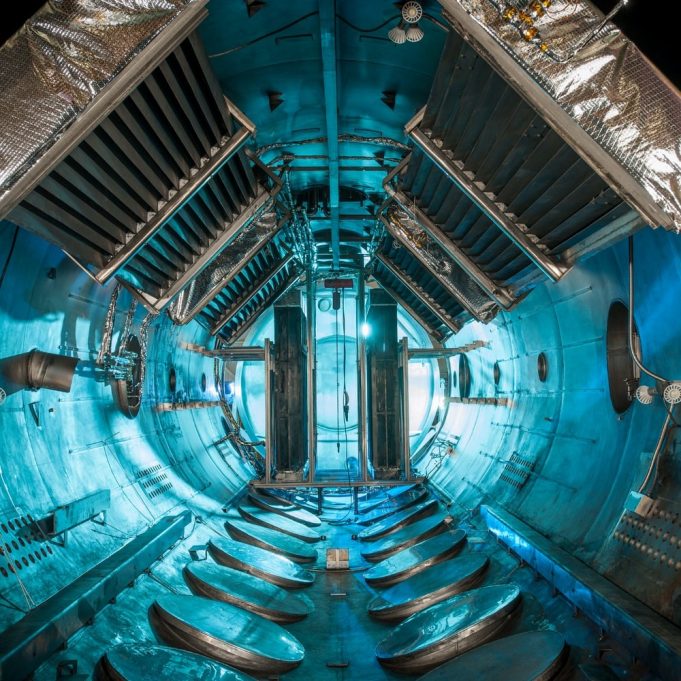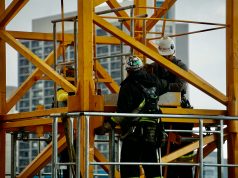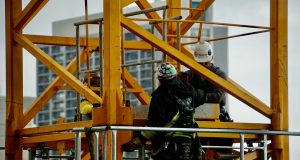Vacuum chambers are enclosures that are rigid and used to extract air and other gases using a pump. A low-pressure environment, created within the chamber is known as a vacuum. This environment is used by researchers for physical experiments and testing mechanical devices, which need to function in outer space. Other processes involve drying and coating.
The History Behind the Vacuum Chamber
Robert Hooke, who lived between 1635 – 1703 was a research assistant to Robert Boyle, who invented the first working air pump, in Britain. Hooke used a hypobaric chamber for scientific research in 1671. He used it for self-experimentation and recorded the initial physiological remarks in a synthetic altitude-equivalent setting to 2400m.
The experiment demonstrated a few methodological inadequacies, but his inventive experimental techniques proved to be extraordinary for its time. 200 years later a French physiologist, Paul Bert researched high altitude which was famously laboratory-supported.
His findings played a conclusive role in the findings of the reasons of decompression sickness. This was an input Hooke was unable to make as a result of technical deficiencies during the 1600s. Learn more about these units here.

Design
Proper designs can allow these chambers to deliver suitable and repeatable capabilities for whatever it will be used for. Dependent on the design, it will be able to perform different types of functions.
The following manufacturing shapes are available;
- rectangular,
- cylindrical with rounded ends and
- spherical
Materials Used for Production
Choosing the correct material for manufacturing is of greatest importance. These chambers are produced using metals which can serve as armor against magnetic fields.
It does, however, depend on the thickness of the wall, resistivity, frequency and absorbency of the material which is used. Consumers looking to buy one of these units, should consider a strong and durable material. It is important to remember that not all materials are appropriate to use.
Avoid using materials that are porous and of low quality. Frequently used materials include stainless steel, aluminum, mild steel, brass, high density ceramic, glass, acrylic and hard steel.
This includes a strong, high-quality, and durable flange as well.
Design of Structural Components
The stability of the chamber will depend on the structural mechanisms. Pay careful attention to things like stands, fasteners, stiffeners, lifting points, the vacuum flange and hinges when designing.
They usually consist of many ports, concealed by a vacuum flange, this allows devices or openings to be installed in chamber walls. Elastomer O-rings are used to seal these openings in low and medium-vacuum applications. Knife edges are machined onto the flanges and can cut into copper gaskets when bolting the flange.
Suitable Surface Finish
It is of utmost importance to have an uncontaminated chamber and decent finish surface. The parts of the chamber that will be uncovered to vacuum should not be porous.
Function
This device is considered as one of the most imperative equipment in many industries and can be applied in various ways. These key application capacities include space encapsulation, space simulation, defense research, drying, sealing, atmospheric simulation and product testing.
Watch this video to learn more about differences between pressure pods and vacuum chambers. In spacecraft engineering thermal vacuum chambers are frequently used, providing a thermal atmosphere which represents what spaceships can experience in outer space.
The Vacuuming Process
To avoid cleanup, the mixing vessel must have adequate space, since materials may enlarge up to 5 times under the vacuum it may spill over. Once the vessel is placed into the chamber, a pump is coupled and switched on.
When it extends to 29 inches of mercury, a rise of material that resembles the texture of foam, will be created. Once the material falls, it will level and halt rising. The process will continue for an additional two or three minutes, ensuring all the air was removed from the material, then the pump shuts off and the release valve is undone, material is removed and ready to be poured, using a mold.
Material should be poured slowly in a high, narrow stream at an angle to ensure it is air-free. This way, bubbles will not be introduced in the material, but the entire mold can be place in the chamber for additional time. The entire chamber acts as an effective drying method.














